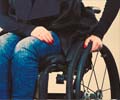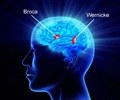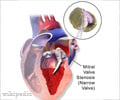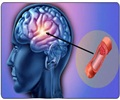The activation/deactivation in several brain regions in patients with ischemic stroke may improve with both acupuncture at Waiguan (SJ5) and sham acupuncture.
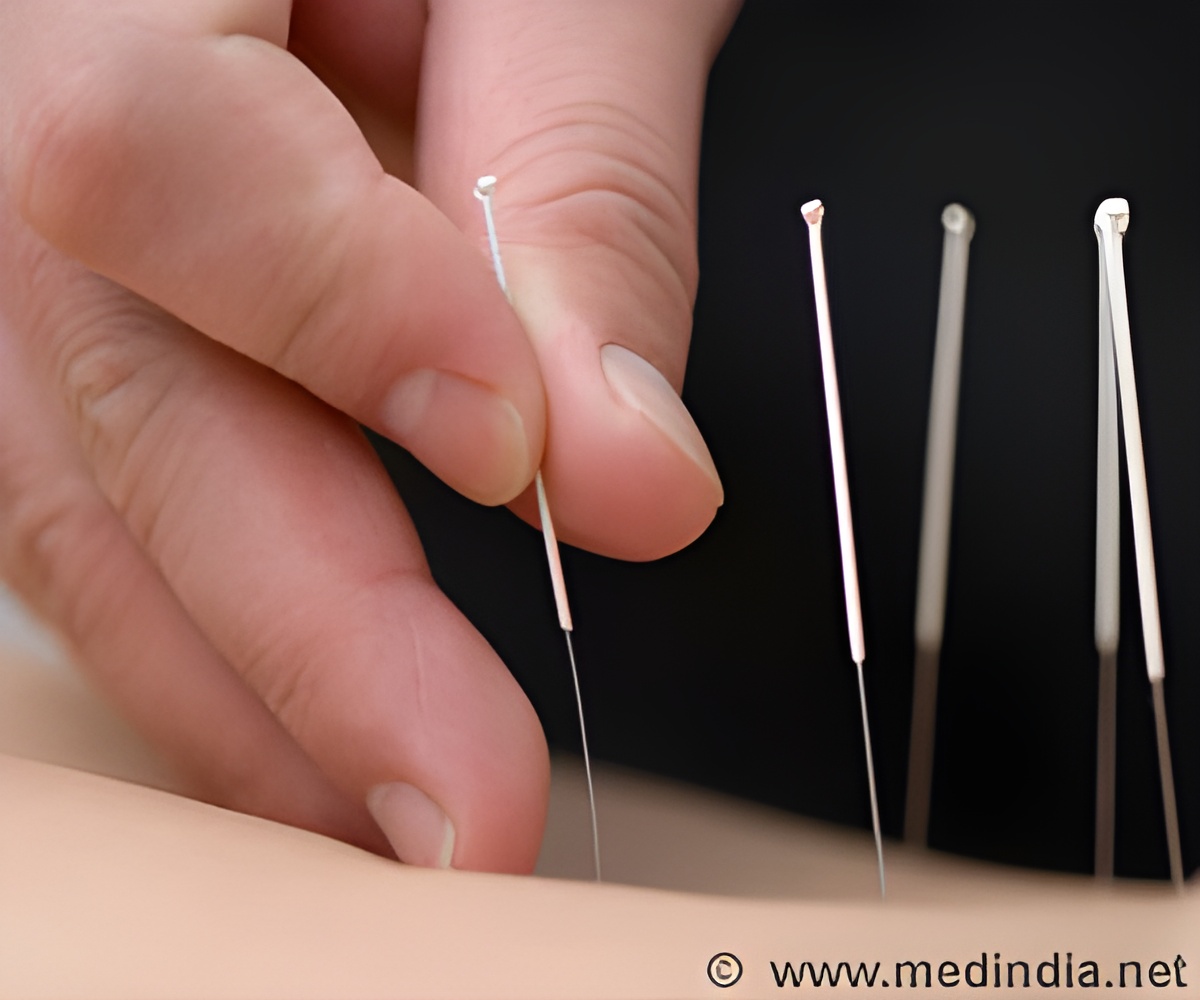
Most studies addressing the specificity of meridians and acupuncture points have focused mainly on the different neural effects of acupuncture at different points in healthy individuals.
Dr. Ji Qi and co-workers from School of Traditional Chinese Medicine, Southern Medical University in China examined the effects of acupuncture on brain function in a pathological context, and compared the effects between Waiguan and sham points in 16 patients with ischemic stroke.
Compared with sham acupuncture, acupuncture at Waiguan in stroke patients inhibited Brodmann area 5 on the healthy side.
These findings indicated that the altered specificity of sensation-associated cortex (Brodmann area 5) is possibly associated with a central mechanism of acupuncture at Waiguan for stroke patients.
The study has been published in the journal Neural Regeneration Research.
 MEDINDIA
MEDINDIA
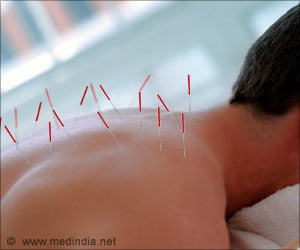

 Email
Email
